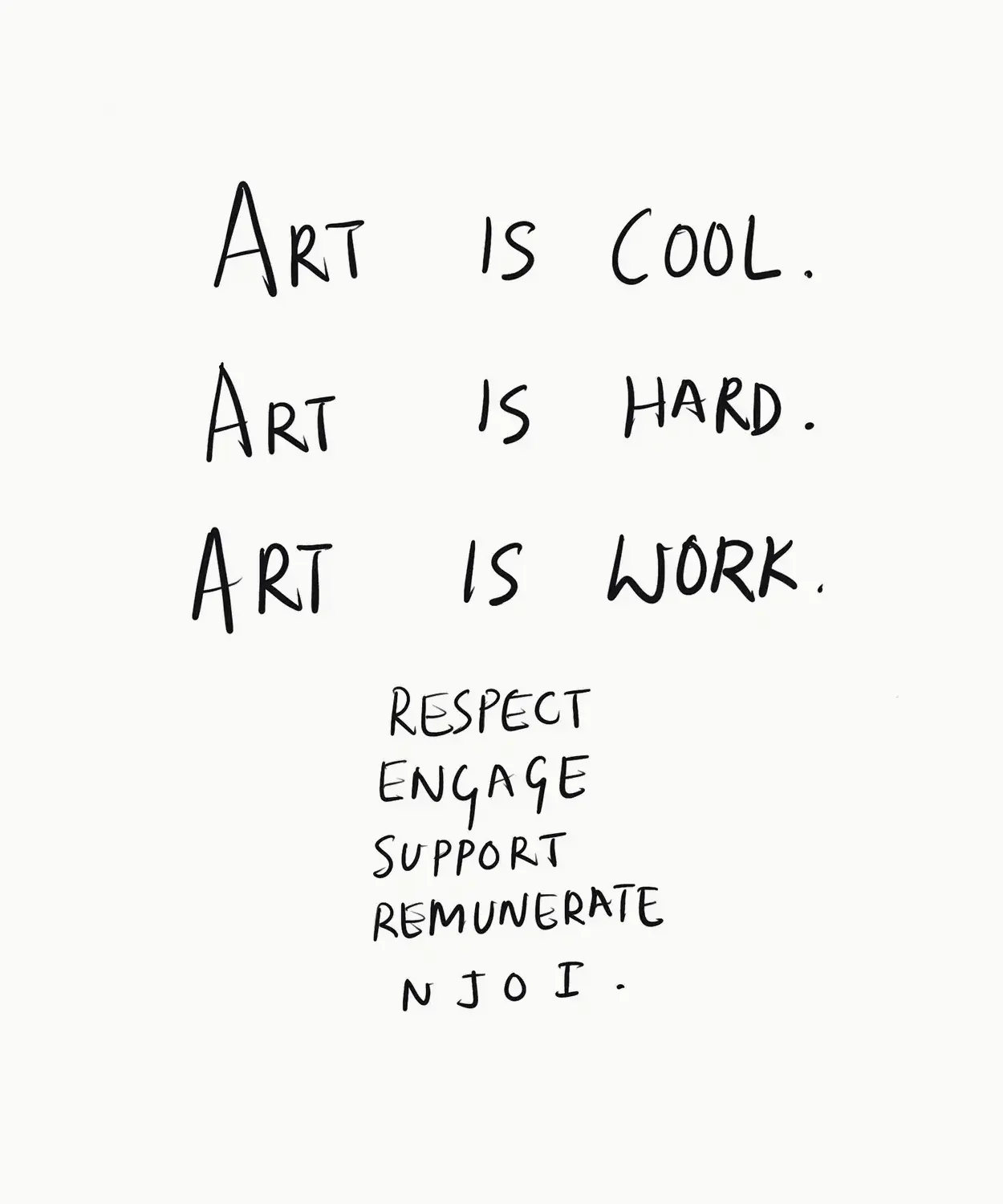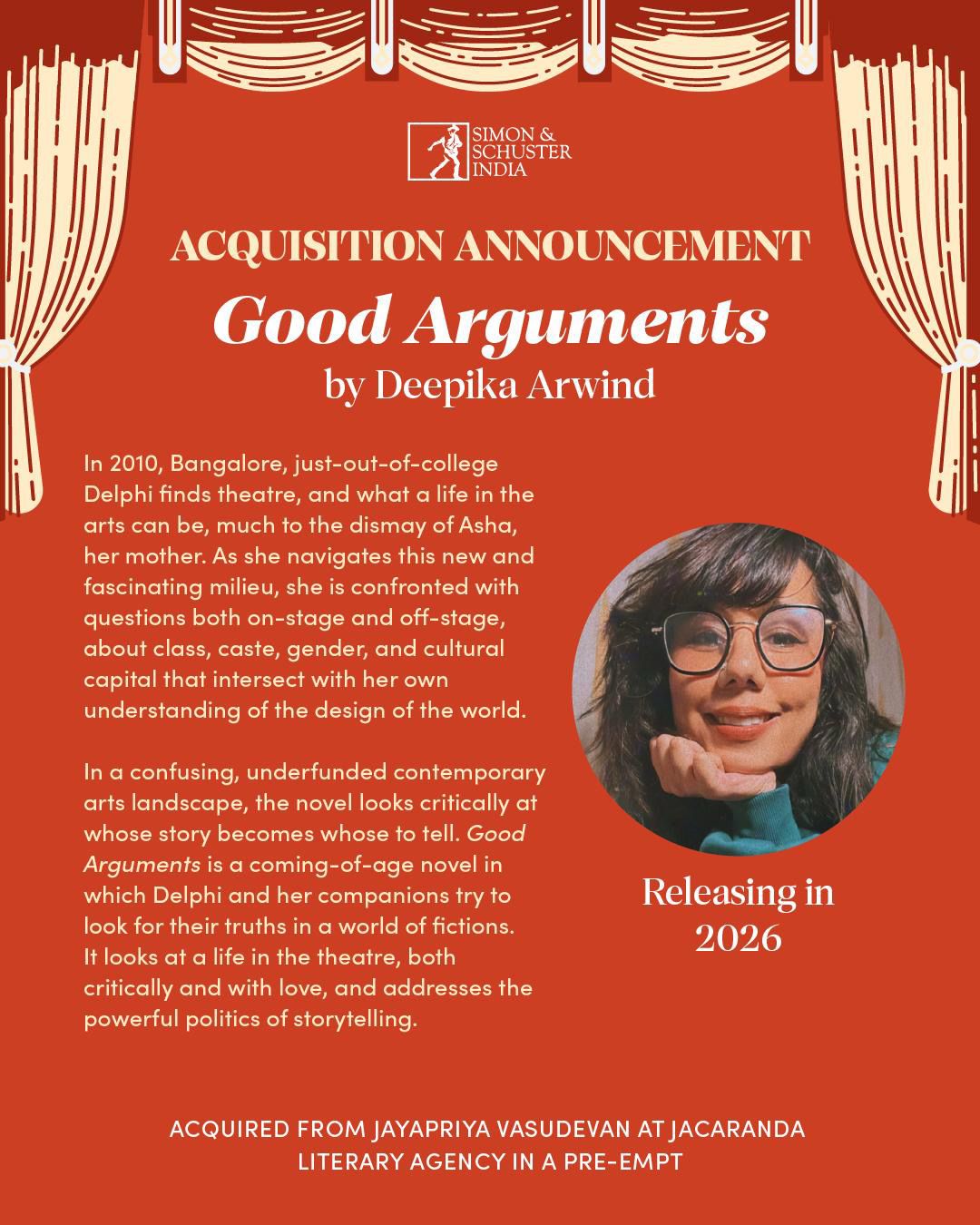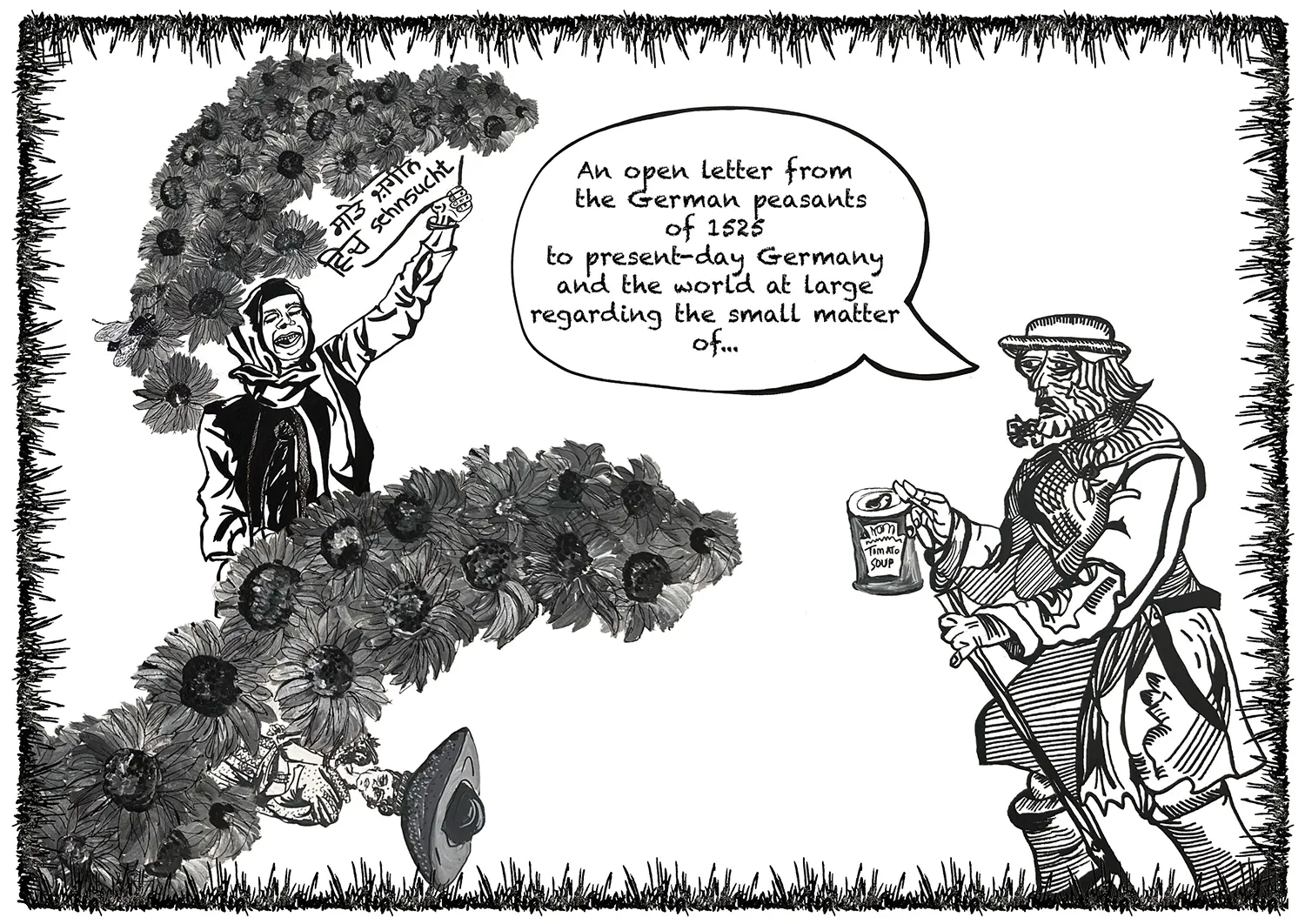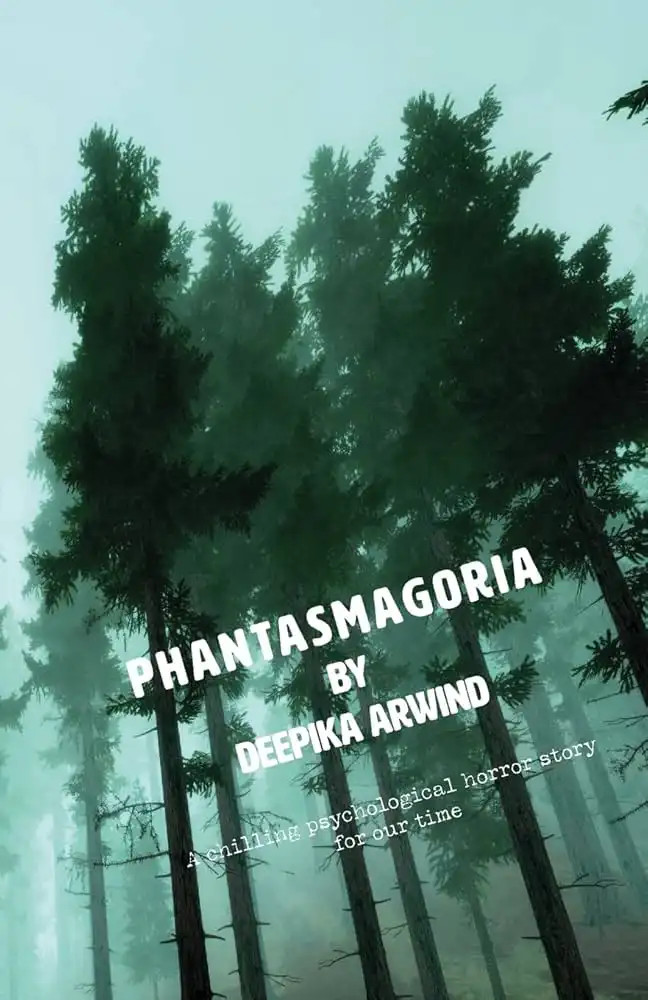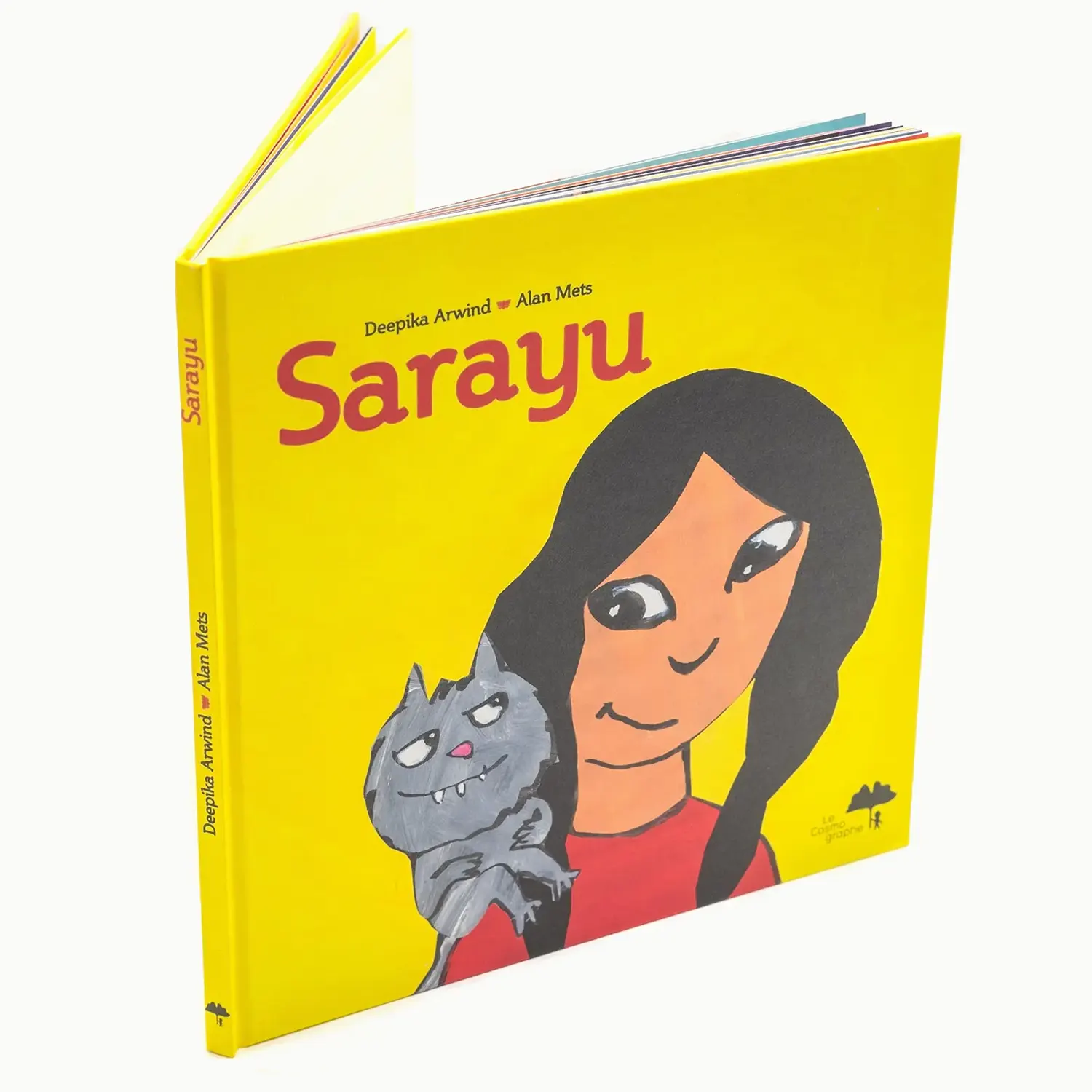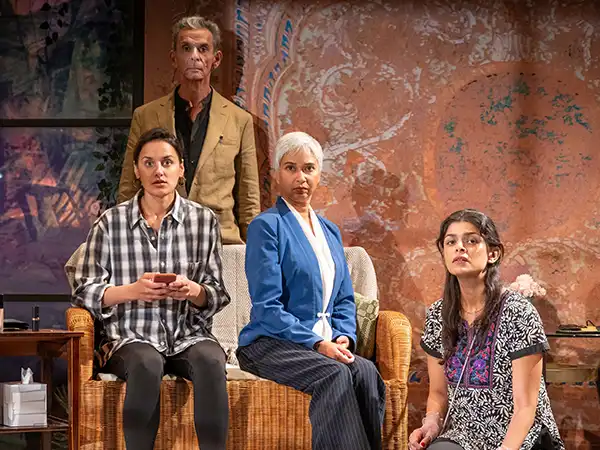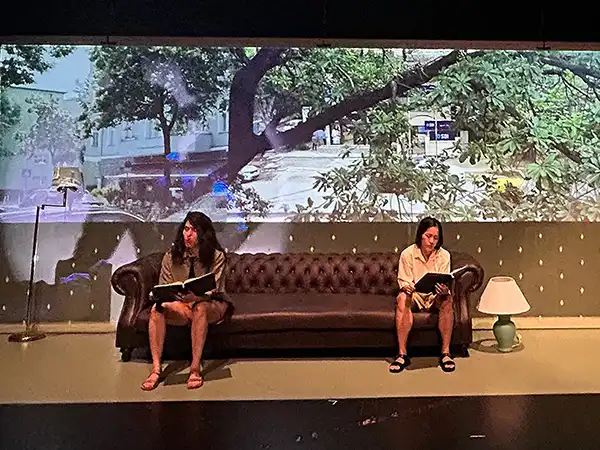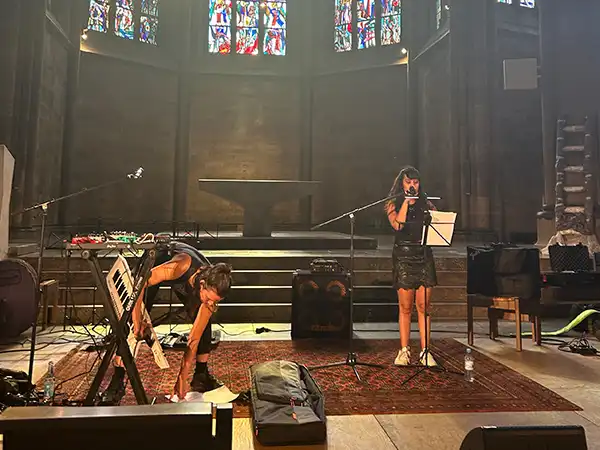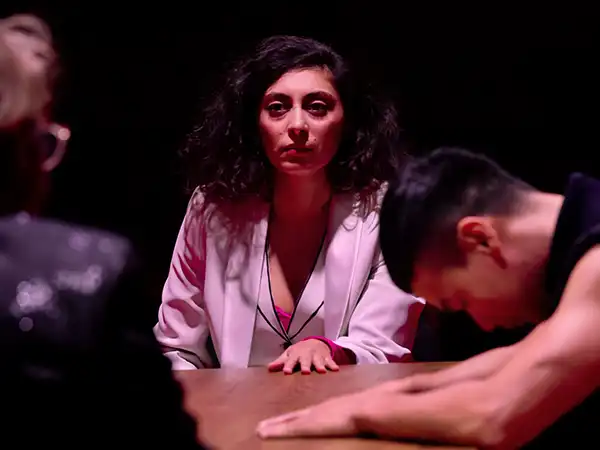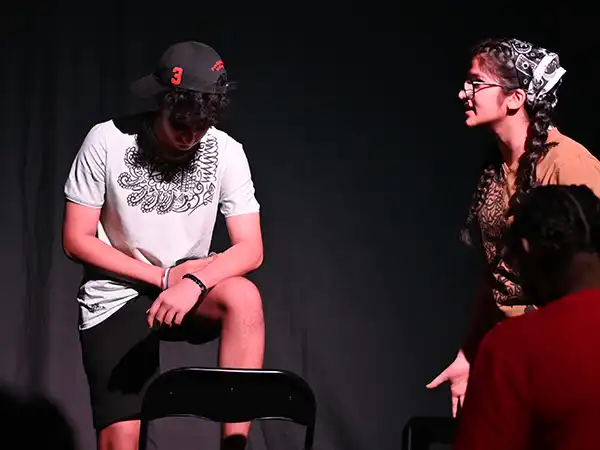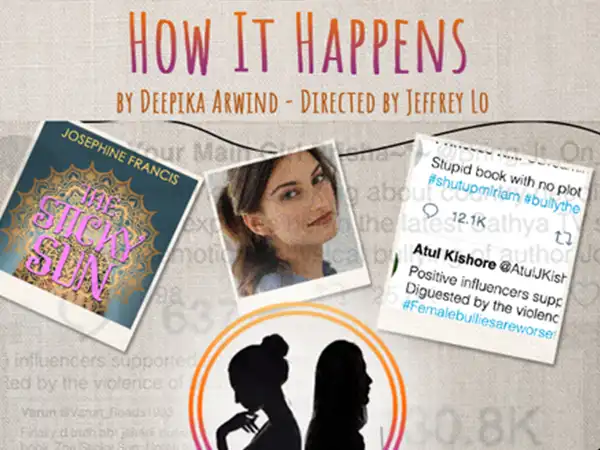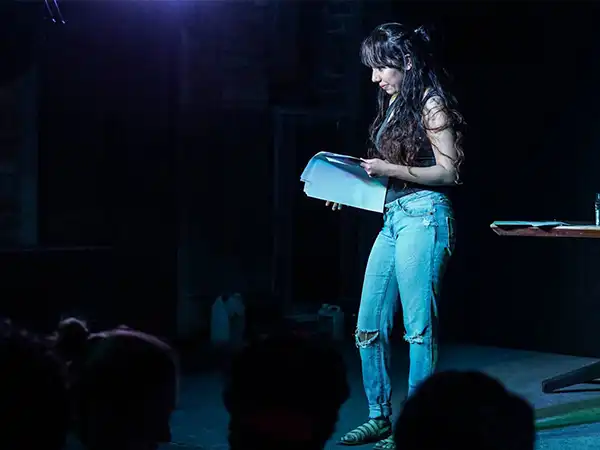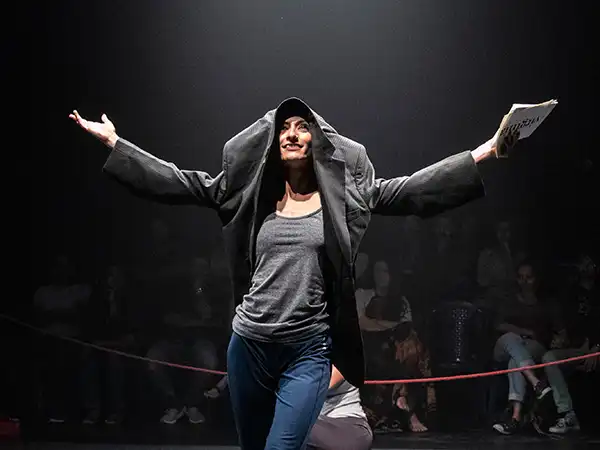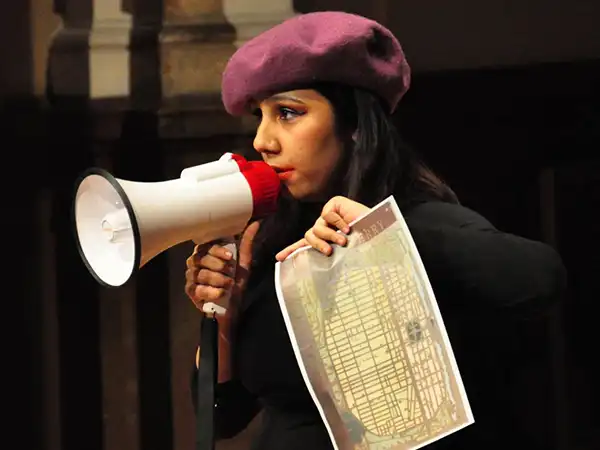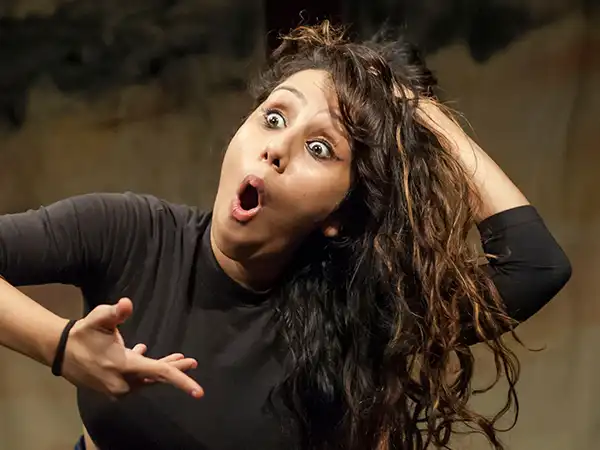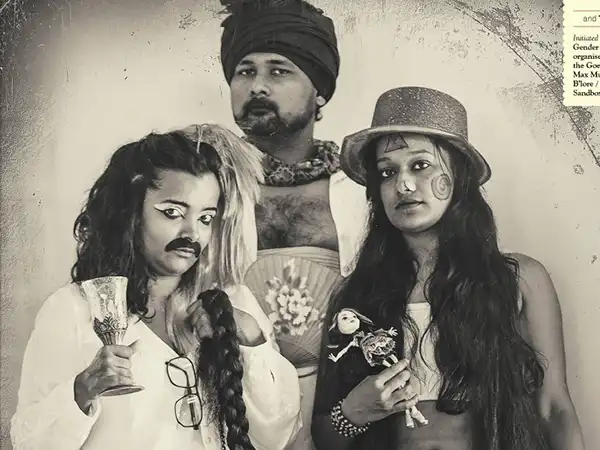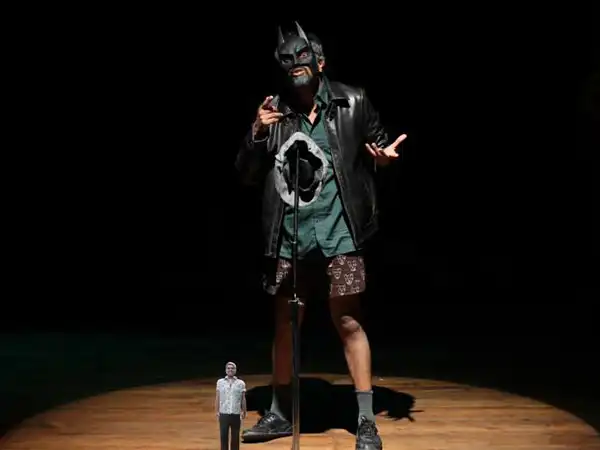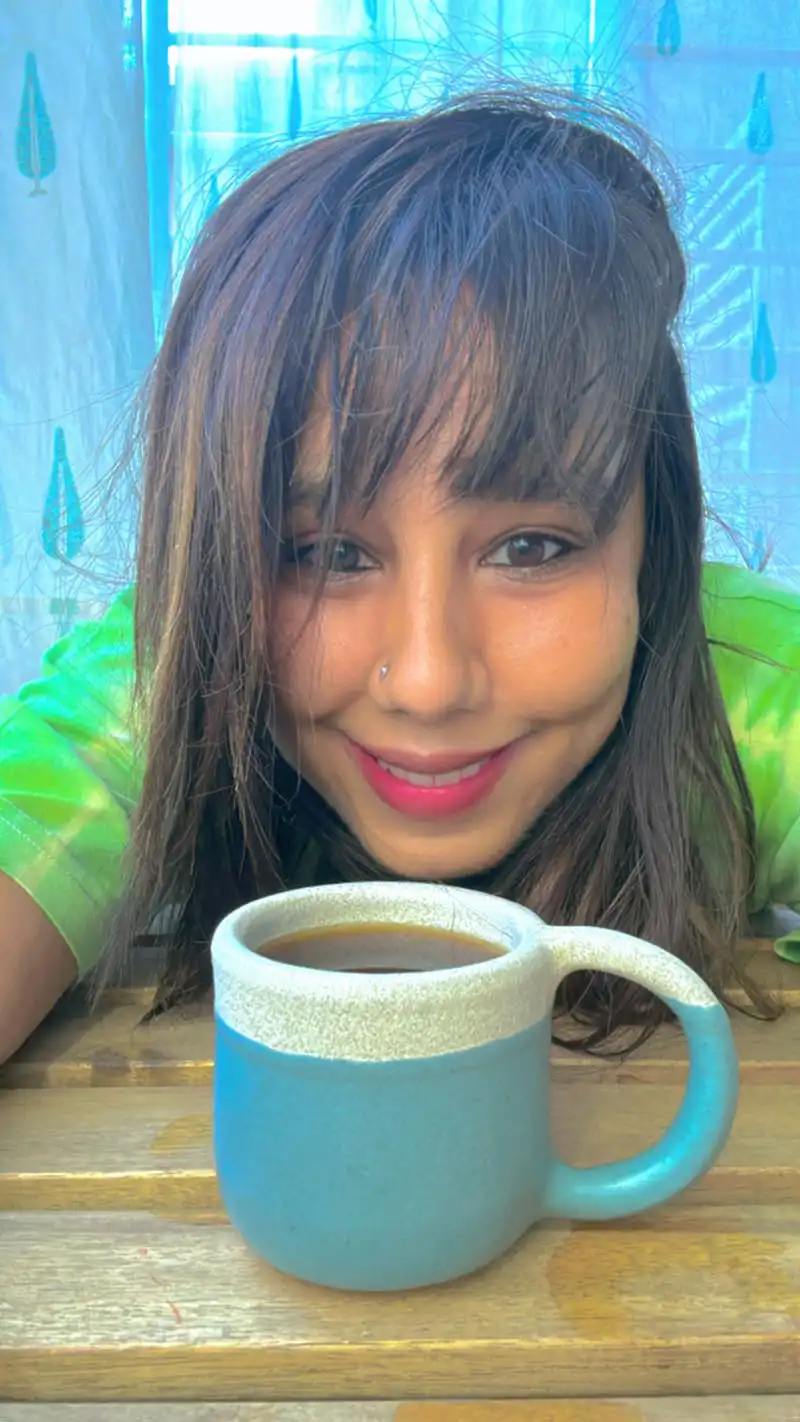• I’ve spent the majority of my artistic life in India, where the contemporary arts are severely underfunded. (It has made me inventive and enterprising for sure.) One often relies on cultural capital, generational wealth (not me), patrons, a few national and foreign funding agencies, and the intersection of social location (caste, class, gender, religion) with dumb luck to create work. I’d say that is across the contemporary arts. Theatre, specifically, does not work like it does in the Global North. The demarcation between the roles in theatre don’t necessarily exist. One is a playwright, or a director or an actor, production manager etc, out of interest, not because of the prospect of employment. Playwrights specifically, do not have representation, they do not receive royalties, or get commissioning fees. They are sometimes published, but mostly not. They sometimes direct their own work because nobody else will. There are small awards still, and some stopped existing in the pandemic.
• A venn diagram seemed like the best way to showcase some of the work I’ve done. Sometimes I’d authored the work and directed it. Sometimes I’d written, performed and directed the work. I realised that I’d designed nearly all of the work – I often didn’t have the luxury of a scenographer, but a carpenter kindly agreed to execute the design I’d come up with out of necessity. The necessity morphed into an interest sometimes. Anyway, four circles intersecting seemed like too much Venn diagram. Or did I exclude the fourth circle is it because i’m not a ‘real designer’?
• Even then the venn diagram cannot represent the ways in which I wrote or made work. For example, No Rest in the Kingdom was a devised piece, which I wrote from working and training in a studio alone for five months. It’s not a traditional play in that sense; it relies on a certain lived experience of the city, an intuitive physicality. I am not here was also devised but there was a structure to its madness, and the performers shaped the piece in fundamental ways. Also, the venn diagram cannot demonstrate how artists like myself develop aesthetics and politics and ways of working. It is mostly in opposition to the feudal and oppressive ways that art is be entrenched in. And artistic sensibilities and funding have more to do with each other than we care to admit.
• Some of the plays I’ve written from over 10 years ago, like Wide-Eyed Pomfret or The Playwright is Dead still haven’t been produced. They’ve had many readings, or been discussed in classrooms, or been nominated for awards. They’re still just plays I wrote and haven’t been on stage. I haven’t stopped thinking about the worlds plays like these come from. Maybe those worlds have become the ethos driving other works, or they hang like smoke in the air. It just reveals how much practice is non-linear, and exists within its own understanding of time. Practice is an onion that is peeling toward an emptying.
• In that context, I like what Kameela Jannan Rasheed says about leakiness as notes around the way she has presented her own practice on her website. She describes leakiness as a politics of intimacy. ‘Leakiness is a kind of interdisciplinarity, or a yearning to move, to be alive in many ways’ she says. I like that.
• I think I write about the one thing in many ways. When I’m sick of writing, I draw.
• Lastly, I will emphasise again I am an artist from the Global South (fraught with its own oppressions and asymmetries), who is often faced with disadvantages as compared to my peers in the Global North (again, the terms are mostly for the sake of convenience). At the same time, I also have several advantages over many of my peers, including the use of language and certain types of access. The system is not and never has been equitable. In making evaluations for opportunities, as websites sometimes are used to do, do stay cognizant of these ideas, and also consider your own privileges.
